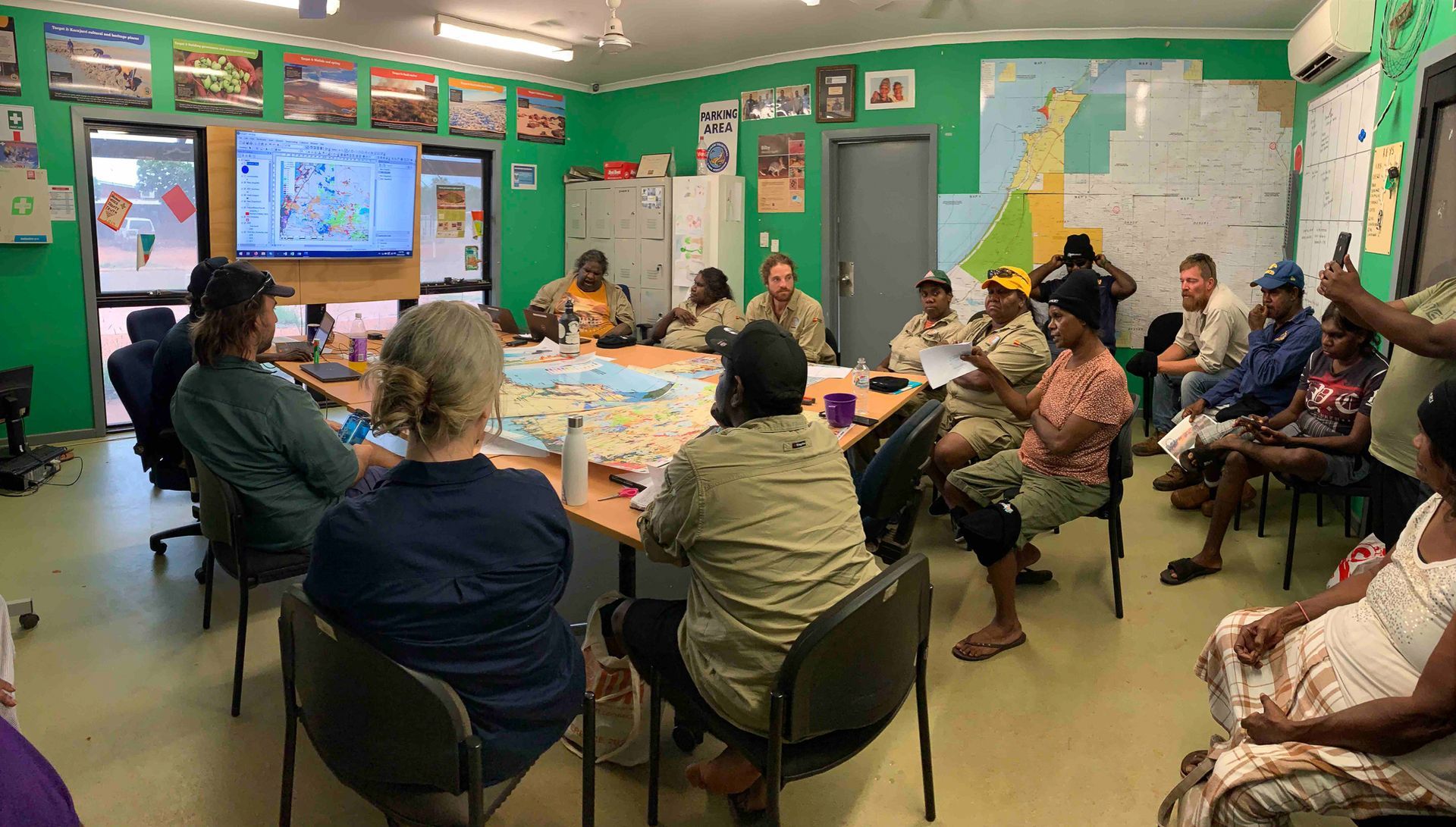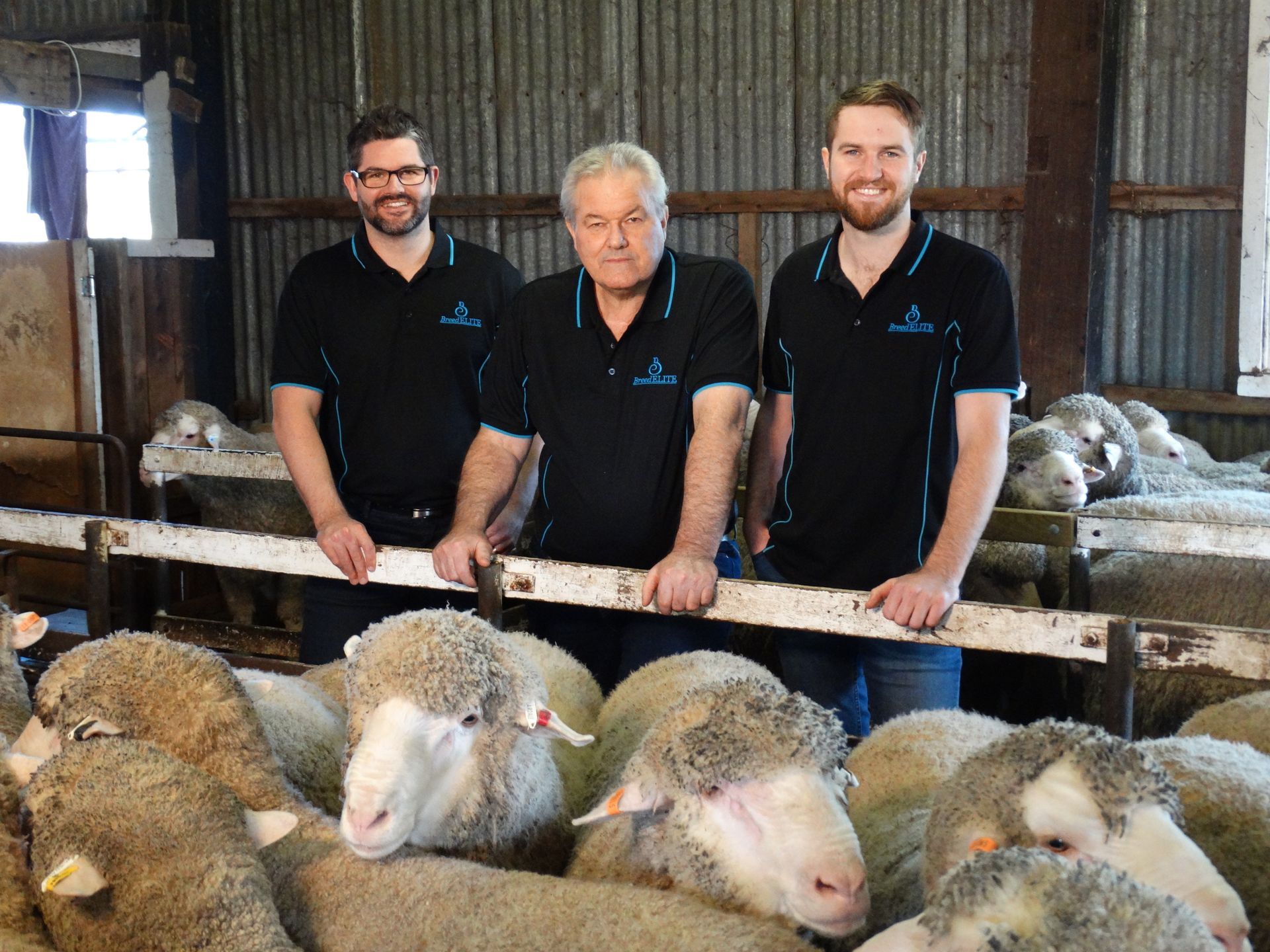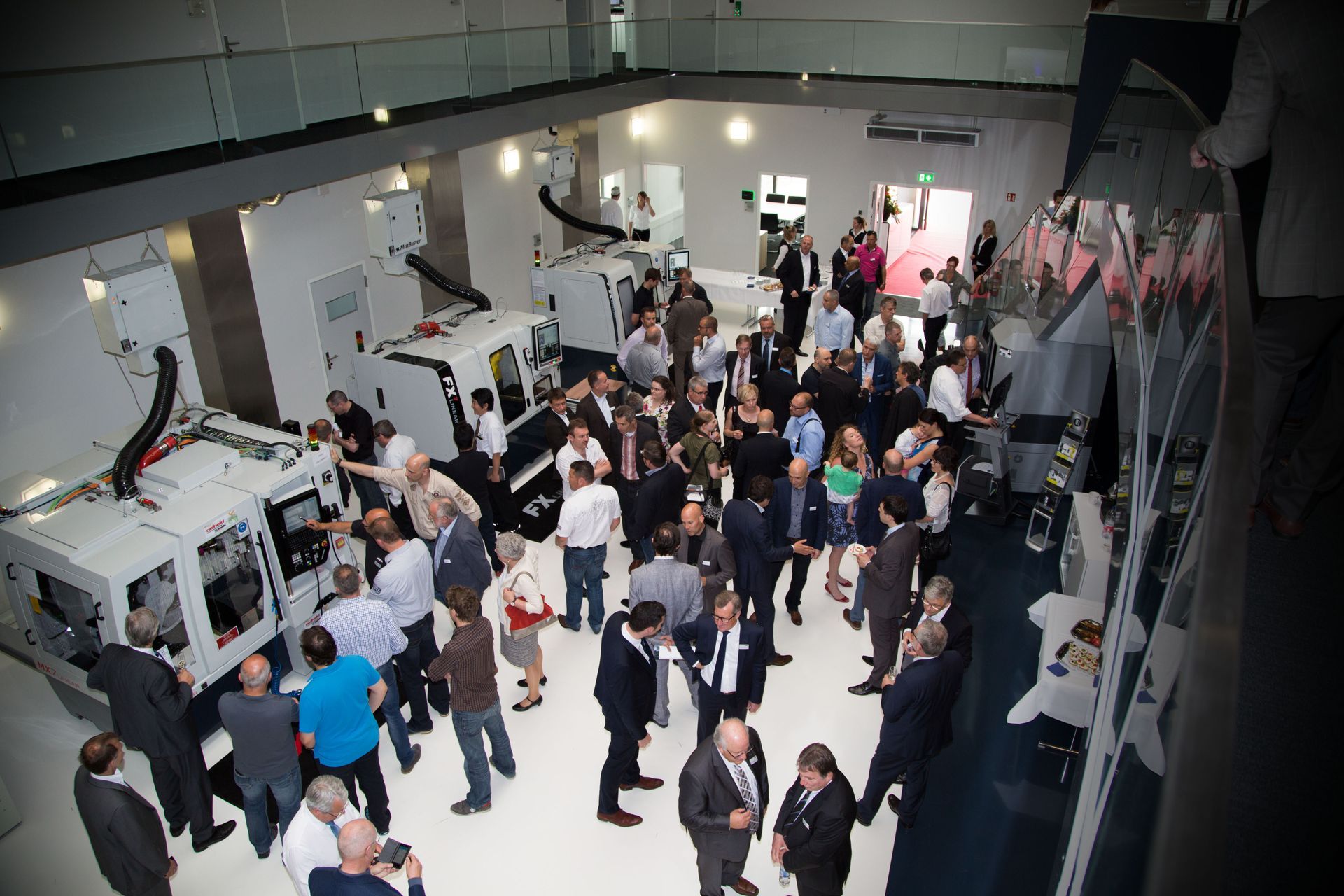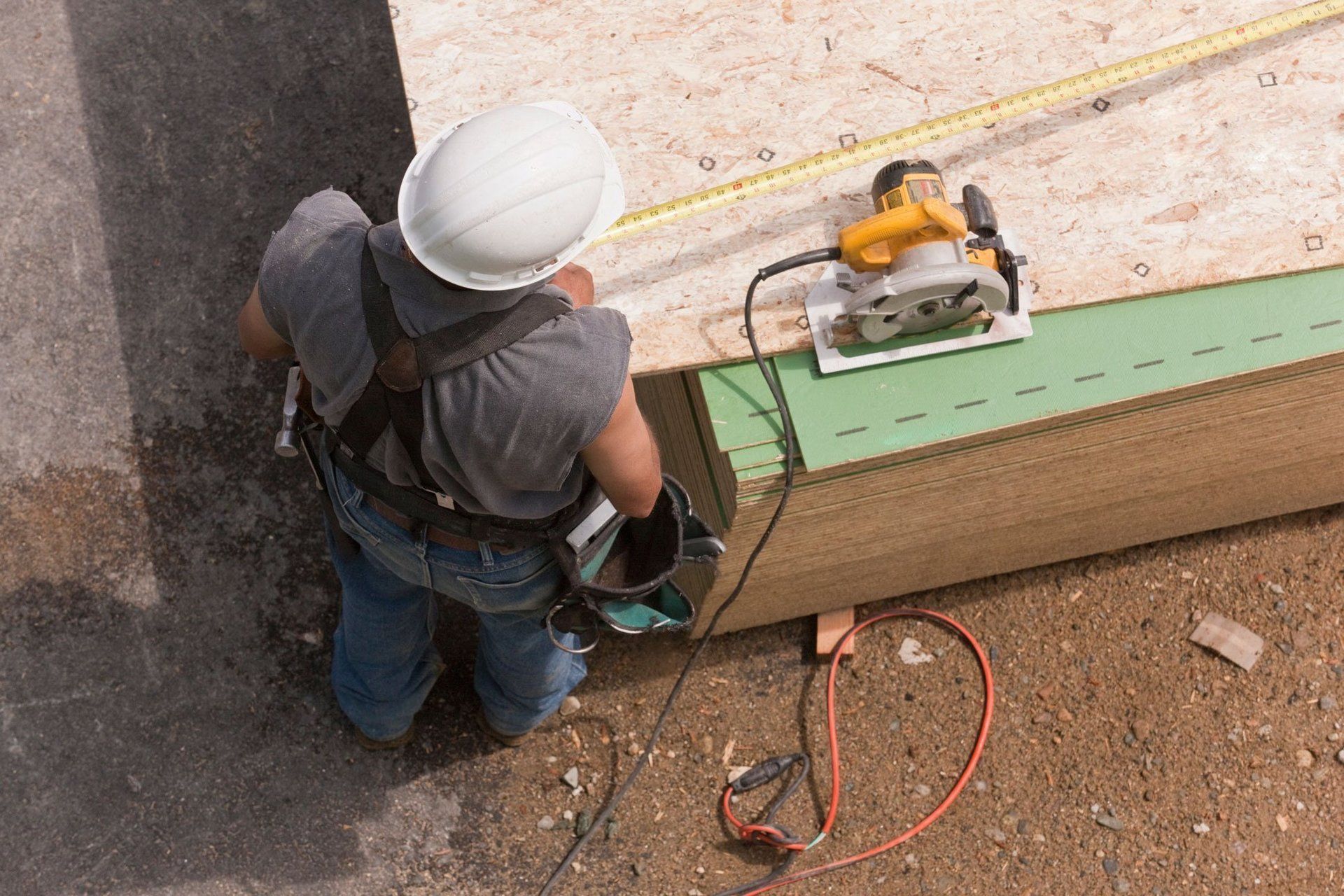Matt Codrington, Managing Director, Lenovo ANZ
Technology: The Lifeblood of a Stronger SMB Community

For a long time now, Australia’s economy has enjoyed an enviable track record, thanks to the industries we are best known for: mining, agriculture, services and manufacturing. Amidst our economic progress, innovation and technology may appear to have taken a backseat. The coronavirus pandemic, however, has shown that this is hardly the case.
While many Australians have unquestionably faced hardship amidst the uncertainty and challenges wrought by the pandemic, we have also seen first-hand the resilience and adaptability of our country – particularly the small and medium businesses (SMBs) who form the backbone of Australia’s economy.
Much of this is thanks to latest advancements in technology in an environment that has forced the almost immediate digitization of many aspects of our everyday lives. Business and Government roadmaps and strategies calling for 2 to 3 year timelines to implement the modernization of the workplace have been completed, almost overnight. This inflexion point has accelerated collaboration like never before. Prior to COVID-19, SMBs would often be hesitant to adopt new technologies or working arrangements, fearing loss of control. Now we see we flexibility actually promoting productivity.
Today, we are seeing far more willingness and an almost ardent desire by SMBs to explore technology and the value it can bring. The discovery that working remotely from our homes is entirely possible, and the ease and joy offered by modern technologies, have given rise to the realization that a job is a thing you do, not necessarily a place you go to. In fact, research has shown that many workers find work-from-home enjoyable and effective when given the tools they need. Video conferencing software, for example, has facilitated easy face-to-face interaction amongst all employees, irrespective of locations or timezones.
To ensure SMBs continue to benefit both economically and socially from what is a potent enabler, this foundation, including how SMBs ought to view and work with technology, must be built on. SMBs are facing an ever-more competitive landscape from this digitization of the marketplace. Borders have largely been removed – hence opening up the potential for competition in a global landscape. At the same time, SMBs’ exposure and access to a massive international market today is unprecedented. SMBs will continue to face constant pressure to drive better productivity and manage costs, but now and perhaps even more importantly, they must innovate with new business models, challenge contemporary thinking and be ready to change direction in the blink of an eye.
To maintain a strong SMB community in the nation’s digital future, Australia must invest even further into this pillar of our society that accounts for 45.7% of the total Australian workforce. This means engaging with our SMBs by listening to and understanding their challenges, unlocking their ideas and helping them optimize their scarce time, resources and limited budgets. And SMBs themselves need to be working on, as well as in, their businesses at the same time.
The good news is that much of this work is already underway, as Australia embarks on a cohesive, long-term national strategy to strengthen its technology and innovation capabilities. While the government will play a critical role in effecting change, however, it is equally important that the world’s technology providers are exercising their expertise in designing and creating the right products and services that will help SMBs thrive.











